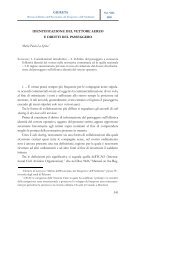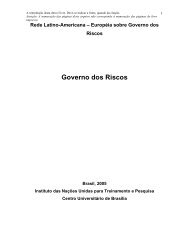Rome II and Tort Conflicts: A Missed Opportunity Abstract Contents
Rome II and Tort Conflicts: A Missed Opportunity Abstract Contents
Rome II and Tort Conflicts: A Missed Opportunity Abstract Contents
You also want an ePaper? Increase the reach of your titles
YUMPU automatically turns print PDFs into web optimized ePapers that Google loves.
SYMEON C. SYMEONIDES ROME <strong>II</strong> AND TORT CONFLICTS<br />
122 123<br />
draft convention of 1972 <strong>and</strong> later emulated by several national codifications.<br />
That escape was very problematic because it consisted of two independent prongs,<br />
both of which had to be satisfied for the escape to apply. One had to show (a) that<br />
there was “no significant” connection to the country whose law governed under the<br />
draft’s rules; <strong>and</strong> (b) that there was a substantially “closer” connection with another<br />
country. The problem with this scheme was that, if taken literally, the first prong<br />
would rarely be satisfied, thus making the second prong nothing more than cosmetic.<br />
The problem was confounded by the fact that the escape did not contemplate a<br />
comparison of the two connections, but rather an independent determination that the<br />
first connection was not significant. Only when that determination confirmed the<br />
insignificance of the first connection did the escape allow examination of the<br />
closeness of the other connection. The final text resolved much of the problem by<br />
eliminating the first prong <strong>and</strong> by encouraging a comparison between the two<br />
connections. Under the final text, a party that invokes the escape need not show that<br />
the connection of the country whose law governs under the rule is “insignificant.” All<br />
one needs to show is that the connection with another country is “manifestly closer”<br />
<strong>and</strong> this of course can only be determined after comparing the two connections. This<br />
is a significant improvement for which the drafters deserve praise.<br />
Even with these changes, however, the escape remains problematic because,<br />
124<br />
like its European counterparts: (a) it is phrased in exclusively geographical or<br />
quantitative terms that are not correlated to an overarching principle; <strong>and</strong> (b) it does<br />
not permit an issue-by-issue evaluation.<br />
In one sense, it is logical that a system of geographically-based rules also relies<br />
on geography when formulating escapes from those rules. <strong>Rome</strong> <strong>II</strong> is such a system<br />
because most of its dispositive rules depend on the place in which a single critical<br />
event occurred, or in which one or both parties reside. Very few non-geographical<br />
factors affect the choice, <strong>and</strong> the content of the conflicting laws is a factor that appears<br />
125<br />
only in some narrow exceptions. Having relied on geography in erecting this<br />
system, the drafters may have felt bound to also rely on geography to h<strong>and</strong>le the<br />
exceptional cases <strong>and</strong> overcome the inevitable impasses. Thus, if the geographically<br />
chosen place of injury or of the parties’ common residence turn out to have a nonsignificant<br />
connection, one must search for a place that has a “closer” connection. This<br />
logic, however, will rarely overcome the impasses. Escapes are designed to cure the<br />
rule’s deficiencies, not to reproduce them. To intelligently employ the escape, one<br />
must know the reasons for which the drafter made the choices embodied in the rule<br />
122. See supra <strong>II</strong>.1.<br />
123. See, e.g., BELGIAN PIL ACT, art. 19(1); SWISS PIL ACT, art.15(1); QUEBEC CIV. CODE art. 3082.<br />
For a softer phrasing, see ENGLISH PIL ACT.§ 12.<br />
124. See supra note 115; AUSTRIAN PIL ACT, § 48(1); EGBGB art. 41(1).<br />
125. See supra <strong>II</strong>I.4.<br />
56 AMERICAN JOURNAL OF COMPARATIVE LAW (2008) PAGE 26 OF 46



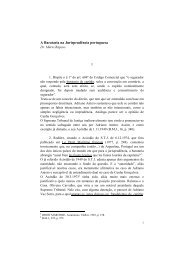

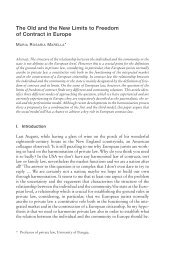

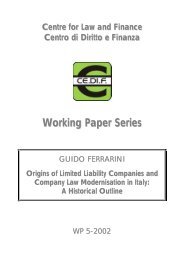
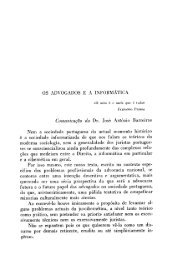
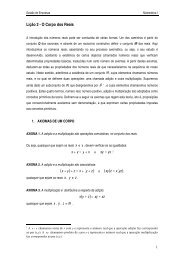
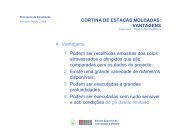
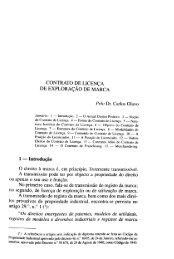
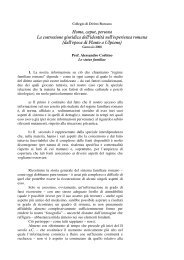
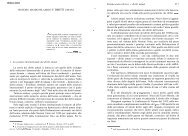

![Luigi Sapio Nozione di islām La parola “islām” [ ] è il mas.dar1 ...](https://img.yumpu.com/15836073/1/185x260/luigi-sapio-nozione-di-islam-la-parola-islam-e-il-masdar1-.jpg?quality=85)
